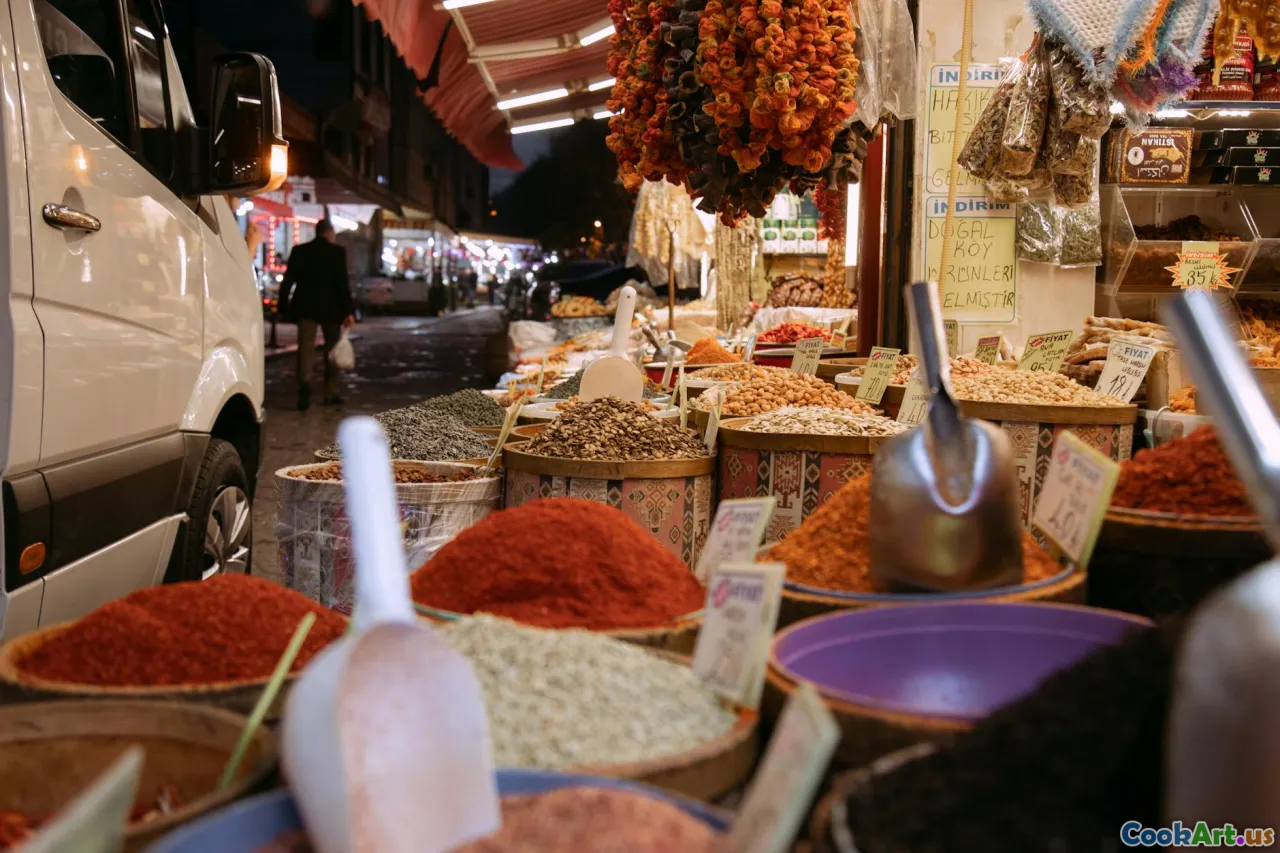Gastronomic Journeys: Low Cost Cuisine Around the World
6 min read Embark on a flavorful journey exploring low-cost cuisines from around the world, perfect for budget-conscious food lovers. April 05, 2025 10:00
Gastronomic Journeys: Low Cost Cuisine Around the World
Traveling the globe through food doesn’t have to break the bank. In fact, some of the most delicious and authentic culinary experiences can be found in the low-cost offerings of local eateries and street vendors. This article takes you on a journey to discover the low-cost cuisine that defines cultures around the world, offering not just sustenance but stories and traditions steeped in history.
Street Food: A Cultural Snapshot
Street food is often considered the heartbeat of any city, a vibrant tapestry woven from the local ingredients, traditions, and culinary techniques. From bustling markets to food trucks, street vendors provide quick, affordable, and often delectable meals that tell a story of the place.
1. Tacos in Mexico
In Mexico, tacos are not just food; they are a way of life. For just a few pesos, you can enjoy a variety of tacos filled with everything from marinated pork (tacos al pastor) to fresh fish in coastal regions. The beauty of tacos lies in their versatility and the array of salsas available, each adding a unique flavor.
2. Banh Mi in Vietnam
The Vietnamese banh mi is a testament to the country’s colonial history, blending French and Vietnamese flavors. This sandwich, typically made with a crispy baguette, pickled vegetables, and a choice of protein, is not only affordable but also bursts with flavor, often costing less than a dollar.
3. Pani Puri in India
This popular street snack consists of hollow, crispy puris filled with a spicy mixture of tamarind water, chickpeas, and potatoes. With vendors selling them at almost every corner, pani puri offers a delightful burst of flavors and textures, all for a very low price.
Home-Cooked Wonders
While street food shines, home-cooked meals also reflect the essence of low-cost cuisine. Many cultures have developed recipes that utilize inexpensive ingredients, emphasizing creativity and seasonality.
4. Ramen in Japan
Ramen may have gained international fame, but the humble bowl of noodles served in Japan is often quite affordable. With a base of broth (often made from bones or vegetables), noodles, and a few toppings, ramen showcases the ability to create a balanced meal on a budget.
5. Shakshuka in Israel
This dish of poached eggs in a spicy tomato sauce is a staple in many Israeli homes. It’s simple to prepare, requiring just a few inexpensive ingredients: eggs, tomatoes, and spices. Shakshuka demonstrates how low-cost ingredients can deliver a satisfying, hearty meal.
Regional Delicacies
Every region has its own low-cost culinary treasures, often reflecting the local agriculture and traditions.
6. Fufu in West Africa
Fufu is a starchy staple made from cassava, yams, or plantains. It serves as a base for many soups and stews, making it an economical choice for families. Typically eaten by hand, fufu is a communal dish that emphasizes sharing and togetherness.
7. Ceviche in Peru
Peru's ceviche, made from fresh fish cured in citrus juices, is not just refreshing but also budget-friendly, especially in coastal cities where fish is abundant. It’s a dish that highlights the freshness of local ingredients, often enjoyed with sweet potatoes and corn.
Cooking Techniques and Sustainability
Low-cost cuisines often employ cooking techniques that maximize flavor while minimizing waste. Techniques such as slow cooking, fermentation, and pickling are prevalent in many cultures, allowing for the use of seasonal ingredients and leftovers.
8. Fermentation
In many cultures, fermentation is used to preserve foods. From Korean kimchi to Eastern European pickles, this technique not only extends the shelf life of ingredients but also enhances their flavors, making them more nutritious and affordable.
Conclusion
Exploring low-cost cuisine is a delightful way to experience the world’s diverse cultures. Not only do these meals offer a taste of local life, but they also remind us that some of the best culinary experiences come from simple, affordable ingredients and recipes passed down through generations. So, the next time you travel or cook at home, consider the rich world of low-cost cuisine that is waiting to be discovered. Your taste buds, and your wallet, will thank you!









